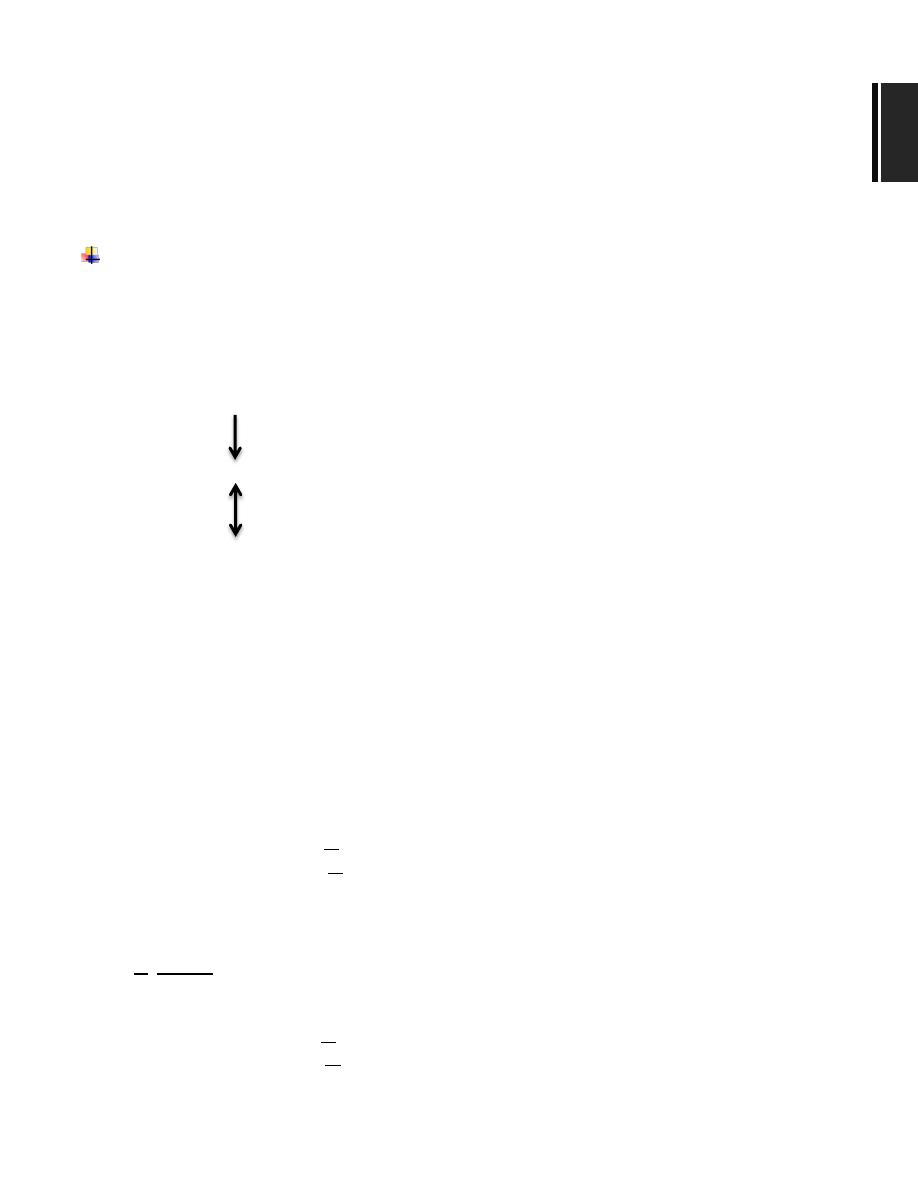
BACTERIOLOGY::CORYNEBACTERIA ::Dr. Nidhal Sabry DONE BY: MAM GROUP2011
Page number
1
Spare-forming gram positive bacilli
Aerobic spore forming anaerobic spore
Bacilli (Bacillus) Forming bacilli (clostridium)
Bacillus
Large aerobic gram +ve rods occurring in chains and form spores that are resistant.
Most SPP are saprophytic in soil, water and air such as:
B. subtilis: may occasionally produce disease in immuno compromised humans
(meningitis, endocarditis, conjunctivitis).
B. cereus: cause eye infection associated with foreign bodies, can grow in food and
produce an enterotoxin causing food poisoning of TWO types:
1. Emetic type: warm rice.
2. Diarrheal type: meat and sauce.
The principal pathogenic species is B. anthracis cause Anthrax, a worldwide disease and
biological warfare.
Bacillus anthracis
…
Morphology
Non-motile, capsulated in tissue.
Large G +ve rods with square end.
Arranged in long chains.
The spores are located in the center.
“Oval and have the same diameter of bacillus” (spore)
The spores are resistant to environmental changes: dry, heat and some disinfectant.
Never found in body but in the medium (spores) only.

BACTERIOLOGY::CORYNEBACTERIA ::Dr. Nidhal Sabry DONE BY: MAM GROUP2011
Page number
2
…
Culture
®Colonies: rounded have a “cut class” appearance, grey, wary margins and
small projections, non-hemolytic, in liquefied gelatin have medusa head
appearance.
…
Antigenic structure
1. Cellular antigen
a) Capsular peptide: very important pathogenic factor in the virulency
of the organism is due to its high molecular weight D-glutamate (the
structure).
b) The protein and somatic polysaccharide.
2. Anthrax toxin
Complex exotoxin composed of THREE components:
I. Protective antigens.
II. Edema factor.
III. Toxic factor.
Mixture of I, II, and III are more toxic and immunogenic than single sub.
…
Pathogenesis
Anthrax is a disease of sheep, pigs, cattle, horses, goats,….. etc.
Man may get infection from animals by entry of spores through injured skin or
mucous membrane and rarely by inhalation.
In animals by mouth.
1. The spores germinate in the tissue at the site of entry, then 2. Spores grow to
vegetative cell and results in formation of a gelatinous edema and congestion. 3.
The bacilli speared by lymphatics to the blood stream bacilli multiply in blood and
tissue shortly before and after death.
Types of Anthrax
1) Cutaneous Anthrax: (malignant pustule)
A papule first develops within (12-36hrs).
Then changes into a vesicle
pustule
necrotic ulcer (from which infection
disseminate)
septicemia.
2) Inhalation anthrax: (pulmonary or wool-sorter’s anthrax)
Occurs among workers in animal product.
After the spores been inhaled, it may cause sepsis, meningitis or hemorrhagic
pulmonary edema
hemorrhagic pneumonia
shock & death.

BACTERIOLOGY::CORYNEBACTERIA ::Dr. Nidhal Sabry DONE BY: MAM GROUP2011
Page number
3
3) Intestinal anthrax:
Acquired through ingestion and spore by grazing animal.
Rare in human
Characterized by abdominal pain, vomiting and bloody diarrhea.
In human it may be acquired from eating contaminated food or meat of infected
animals.
variation: (general speaking)
- Virulent
avirulent
- Spore formen
non-spore formen
…
Epidemiology
1) – soil contaminated with spore of antrax
- From carcasses of dead animals
2) Grazing animals become infectious through injured mucous membrane or mouth.
3) Human get infection by contact with infectious animals or their hides or hairs.
…
Control
A. Carcasses are burned.
B. Decontamination (autoclaving) of animal product.
C. Use of protective clothing & gloves.
D. Active immunization of domestic animals with active attenuated vaccine.
E. Persons with high risk are immunized with cell-free vaccine.
…
Lab diagnosis
A. Specimens: fluid or pus from local lesions, blood, sputum.
B. Stained smears: 1. Gram stain show chains of large G (+Ve) rods
2. Immunofluorescence techniques.
C. Culture: Blood agar culture show hemolytic, grey colonies with typical
microscopic morphology (medusa-head app.).
In semisolid media appear non-motile
Whereas B. cereus appear motile
C. Animal inoculation: small amount of culture kill mice or guinea pig when
intraperitonialy injected.
D. Serologic tests: 1. Precipitation test
2. Hemoagglutination test
F. Ascoli test: extract of infected tissue show white ring of precipitate when layered
over immune serum (specific serum).

BACTERIOLOGY::CORYNEBACTERIA ::Dr. Nidhal Sabry DONE BY: MAM GROUP2011
Page number
4
Treatment: “must be started early except in inhalation it won’t work”.
- Penicillin
- Tetra, eryth. or clindamycine
